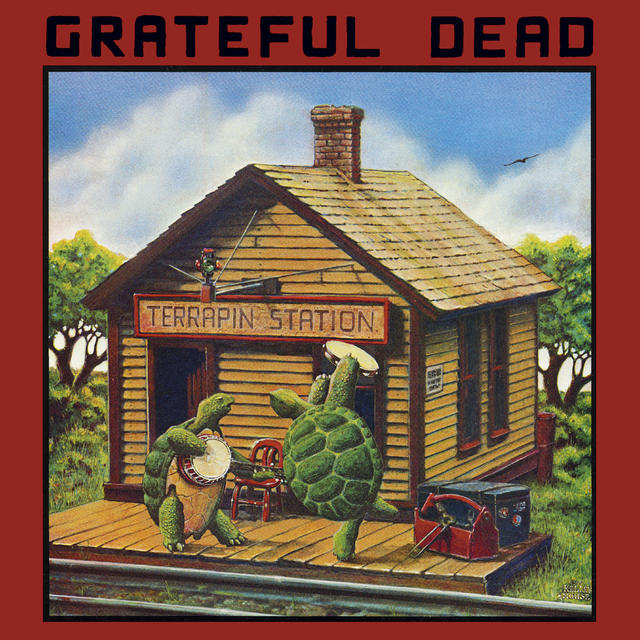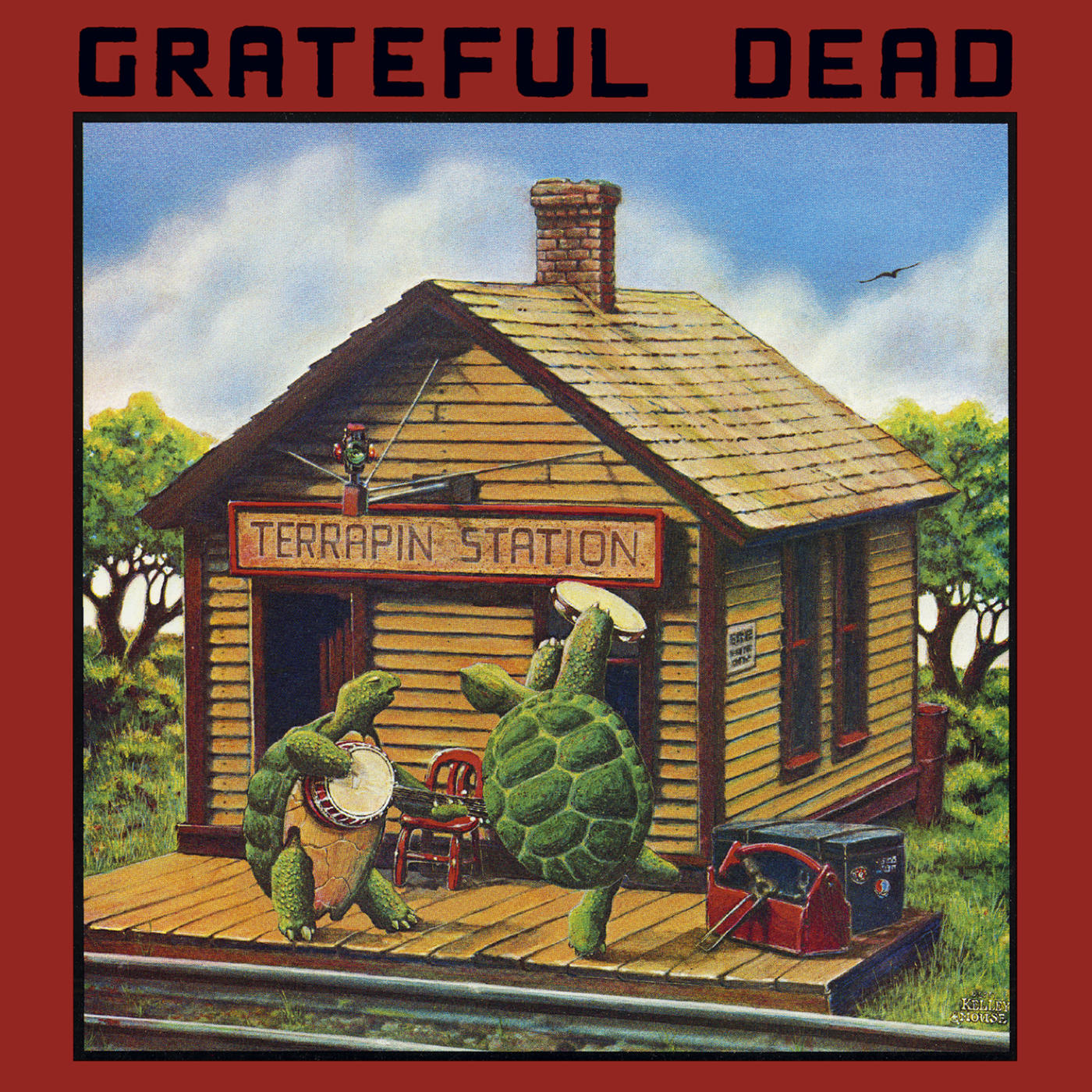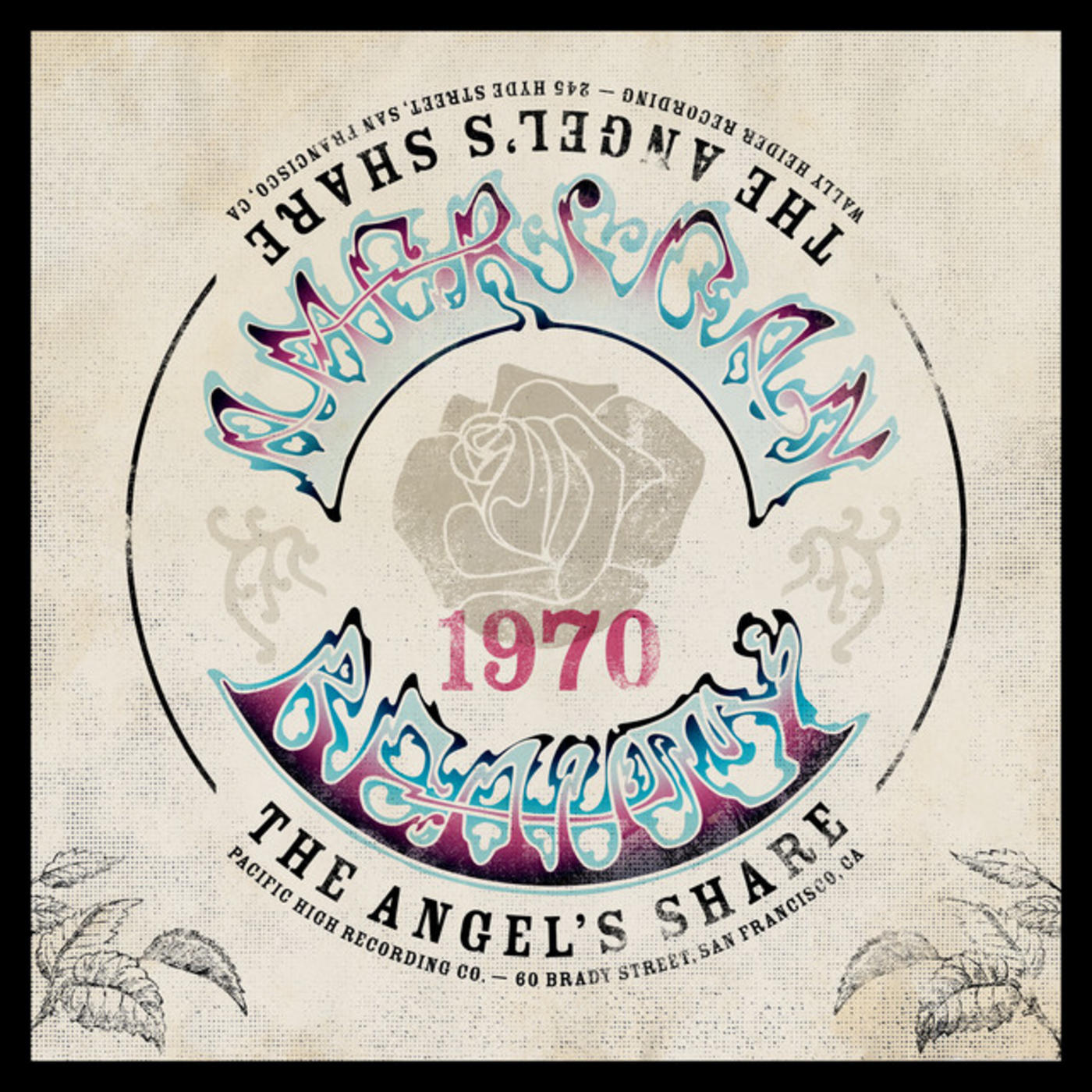Happy 40th: The Grateful Dead, TERRAPIN STATION

40 years ago today, The Grateful Dead released their debut album on Arista Records and, not coincidentally, their first album helmed by an outside producer in nearly a decade.
The mid-1970s was a transitional time for the Dead: they’d changed managers, they’d been signed by Clive Davis to his then-new label, Arista Records, and – at Davis’s behest – they’d agreed to work producer Keith Olsen, riding high on his success as the knob-twiddler for Fleetwood Mac’s self-titled comeback album. Olsen was not one to kid around when it came to working with the band members: once he got all of the members of the Dead into the studio, he literally nailed the studio door shut.
TERRAPIN STATION opened with a Bob Weir / John Barlow composition, “Estimated Prophet,” a song which was aided immeasurably by a groove contributed by drummer Bill Kreutzmann. From there, it was into a cover of Martha and the Vandellas’ “Dancin’ in the Street,” one featuring vocal contributions from Donna Godchaux, who would also sing with Weir on the following track, “Passenger,” and take lead vocals on the side-one closer, “Sunrise,” which she also wrote. In between those songs lay a cover of the traditional song “Samson & Delilah,” newly arranged by Weir, who also sang lead on the track. Side two, meanwhile, featured the multi-part title track, “Terrapin Part 1,” which consisted of “Lady with a Fan,” “Terrapin Station,” “Terrapin,” “Terrapin Transit,” “At a Siding,” “Terrapin Flyer,” and “Refrain.”
Clive Davis had told Olsen that he wanted a commercial album out of the band, and Olsen gave it his best shot, adding orchestration, multi-tracked vocals, even a little saxophone from Tom Scott. The end result was definitely unlike anything the Dead had delivered unto their fans up to that point. The Dead wasn’t terribly happy about it, either, but over the course of time, the songs were so good that they became fan favorites. Mind you, it helped that the band was playing them in a decidedly more stripped down fashion live, making them sound like proper Grateful Dead songs. Funny how that’s what the fans wanted…
But, hey, the album delivered what Clive Davis wanted: it was a hit, making it to #28 on the Billboard 200.
For more information, click the buttons below:


